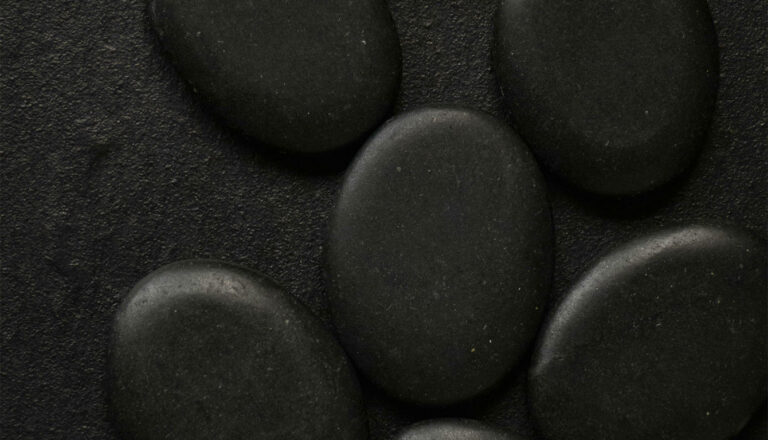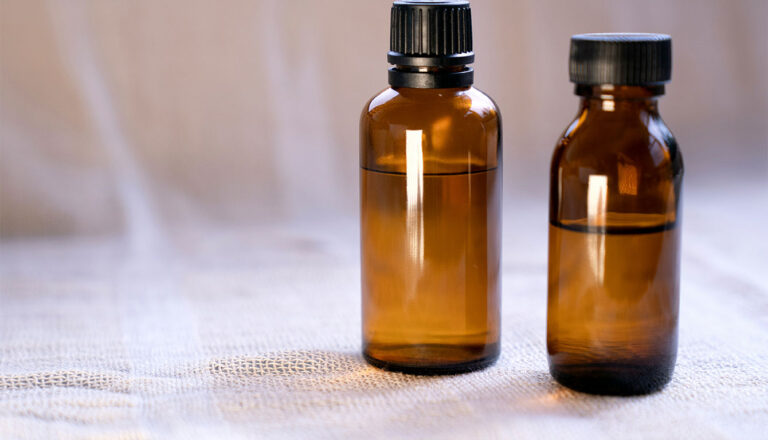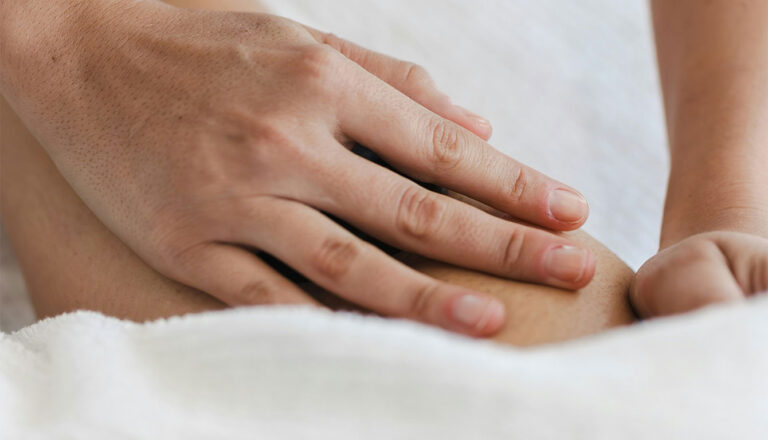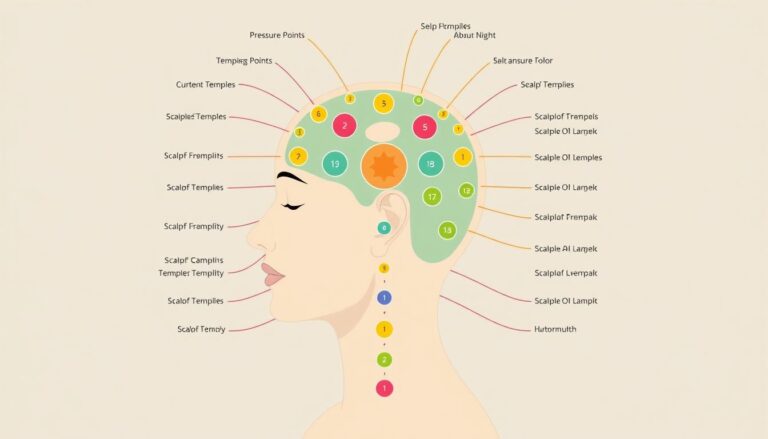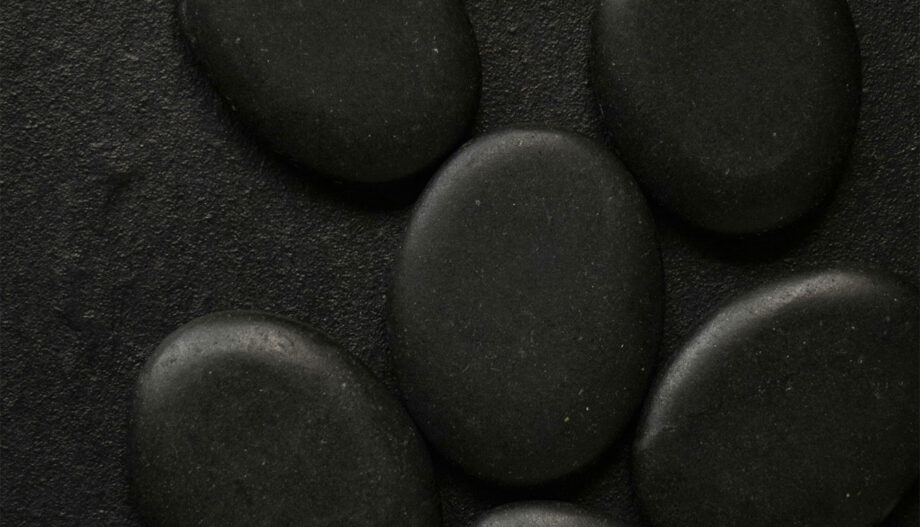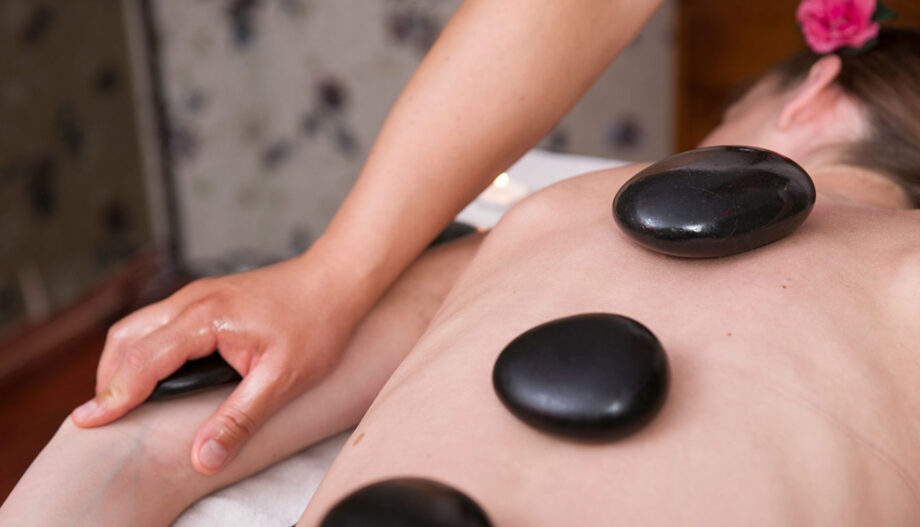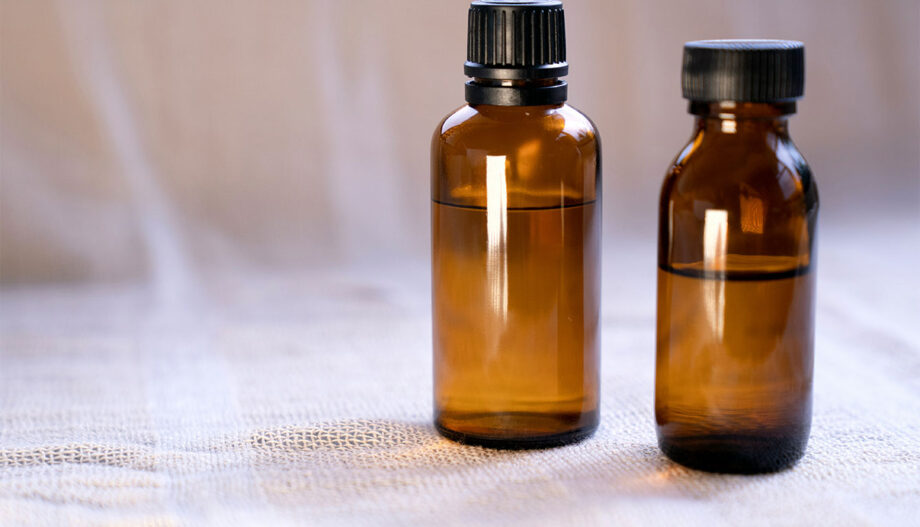This guide favours a professional water-bath heater with a calibrated thermometer as the safest route. It protects clients and preserves a practitioner’s reputation by keeping temperatures steady and documented.
Safety starts long before placement. Conduct a full intake, gain informed consent, check contraindications (diabetes, recent surgery, skin issues, cardiac or neurological conditions) and ensure good hydration. These steps reduce risk and set clear expectations.
Use a thermometer to maintain water at about 45–50°C. A simple five‑second hand‑hold test gives a practical check before stones meet the barrier. Always place a towel, sheet or clothing between a warmed item and skin, and remember that warmth penetrates barriers after roughly three to four minutes.
Avoid household appliances such as slow cookers, microwaves and ovens. They heat unevenly, may dry or crack rock, and create liability. The full guide will cover workflow, documentation and cold‑work tips to finish treatment with confidence.
Key Takeaways
- Use a dedicated water‑bath heater with a calibrated thermometer to control temperature precisely.
- Complete intake, informed consent and contraindication checks before treatment.
- Always place a towel or sheet between warmed rock and skin; heat needs 3–4 minutes to penetrate.
- Five‑second hand‑hold test is a reliable, simple safety check.
- Avoid kitchen devices; they risk uneven or dry heating and legal issues.
- Include chilled rock options as a finishing tool, with thermometer checks and safe limits.
Understanding the goal: safe, consistent heat for effective stone massage
Aim for a reliable water range of approximately 110–130°F (45–50°C). This gives steady warmth that helps circulation and eases soft tissue without risking burns.
Use a professional heater and a calibrated thermometer to keep the temperature stable. Consistent control supports smooth gliding techniques and prevents sudden peaks that can startle or harm a client.

Always place a towel or sheet between warmed items and skin. Heat crosses barriers in about three to four minutes, so monitor comfort and invite feedback throughout the session.
- Stable temperature delivers therapeutic warmth to the body while reducing risk.
- Measured control lets therapists focus on technique and pacing.
- Client feedback and objective checks guard safety and comfort.
| Target | Why it matters | Check |
|---|---|---|
| 110–130°F (45–50°C) | Provides therapeutic warmth without overstressing tissues | Calibrated thermometer in the water bath |
| Barrier use always | Prevents direct contact and reduces burn risk | Visual check and client confirmation |
| Gradual introduction | Allows the body and blood flow to adapt | Start low, increase only by client consent |
In short: seek steady warmth, verified readings, and active client communication. That combination raises the quality of stone massage while keeping safety central to therapy.
Safety essentials before you heat
Begin each session with a full intake to match treatment to the individual’s health. This step helps the therapist plan pressure, duration and where to place warm items safely.
Client intake and informed consent
Complete a clear history and obtain written consent. Note medications, recent procedures and any sensitivities. Explain expectations and invite clients to speak up the moment something feels wrong.
Contraindications and when to defer or modify care
Screen for conditions that alter tolerance. Diabetes, cancer, autoimmune issues, neuropathy, epilepsy, cardiac disease, skin disorders, pregnancy and recent surgery often require deferral or modification. When in doubt, reduce duration and intensity, or choose an alternative treatment.
Hydration and skin preparation to reduce burn risk
Encourage clients to drink water before, during and after therapy. Moisturise dry areas with oil or lotion and patch‑test products on sensitive skin.
| Checklist | Action | Why it matters |
|---|---|---|
| Intake & consent | Document history and sign form | Tailors session and records decisions |
| Contraindication screen | Defer or adapt treatment | Reduces risk of adverse events |
| Hydration & skin prep | Encourage water; apply oil if dry | Limits burns and reduces friction |
| Barrier rule | Always use a towel or sheet | Prevents direct contact and overexposure |
The safest way to heat stones in water with a professional stone heater
A removable reservoir and calibrated controls make professional units the safest choice in practice. Use purpose-built gear to keep sessions consistent and defend professional standards. Small steps in setup prevent most incidents.
What you’ll need
Kit at the ready:
- Professional hot stone heater with removable insert and adjustable thermostat (Spa~Pro, Amber Products are proven options).
- Clean water and a calibrated thermometer to verify readings.
- Lint‑free towels or sheets as barriers and a towel for the base cushion.
- Suitable oil or lotion to support smooth strokes and hygiene supplies.
Temperature targets and controls
Hold the water at 110–130°F (45–50°C). Set the thermostat to the target and confirm with the thermometer rather than relying only on the dial.
Step-by-step setup and validation
- Place a folded towel in the insert, load stones in a single layer where possible, and add enough water to fully cover each item.
- Stir gently during heating and switch to a maintenance setting once the desired temperature is reached.
- Perform a five‑second hand‑hold test; if a stone is uncomfortably hot, do not use it even over a barrier.
“Validate your thermometer each day; accurate readings guide safe decisions.”
| Capacity | Use | Tip |
|---|---|---|
| ~6 litre | Mobile work & facials | Compact and portable |
| ~18 litre | Full‑body sets | Smoother rotation, less fuss |
| All sizes | Hygiene | Refresh water daily; sanitise stones |
Practical note: daily calibration of the thermometer and routine cleaning keep the equipment reliable. That way, focus stays on client comfort and skilled delivery of hot stone massage.
how do you heat hot stones for massage
Start with a quick setup that lets a busy therapist begin treatment while the reservoir warms. Use a professional water‑bath set to the target reading and confirm with a calibrated thermometer before use.
Quick-start workflow for busy therapists
Efficient steps keep sessions on time without cutting safety.
- Fill the heater, load massage stones and set to 45–50°C; start room prep while the unit reaches temp.
- Confirm thermometer calibration, stir the bath for even heating and ready towels/sheets as barriers.
- Arrange tongs, slotted spoon and oil so nothing interrupts the client experience.
Readiness tests: five-second hold and safe handling checks
Apply the five‑second hold test to each stone you will place. If a stone is uncomfortably hot during this check, return it to the bath and select another.
Remember that heat takes about 3–4 minutes to penetrate a towel. Monitor client feedback, rotate cooling stones back to the heater, and keep stones heated and moving to sustain even warmth.
| Check | Action | Why |
|---|---|---|
| Temperature | Verify with a calibrated thermometer | Consistent safety and comfort |
| Readiness test | Five‑second hand hold | Catches stones heated beyond range |
| Handling | Use tongs; pat dry and oil lightly | Prevents localised overheating |
Methods to avoid and why they’re unsafe
Improvised heating methods often fail to deliver steady, safe temperatures and can create liability for therapists. Below are common options to avoid and the reasons they are unsuitable.
Slow cookers and turkey roasters offer only rough settings such as “high” or “low.” They swing widely and give no accurate readout. That increases the risk of overheated hot stone and client burns. Turkey roasters are labeled for food use, which may raise legal and insurance issues if an incident occurs.
Microwaves
A microwave heats unevenly and applies dry energy that stresses rock integrity. Cracking or explosive failure can happen without warning. There is no reliable temperature monitoring, so therapists cannot verify safety.
Ovens, air fryers and towel cabbies
Ovens and air fryers use dry heat that can over‑dry and damage items. Direct contact in these devices makes it hard to judge safe application during therapy.
Towel warmers and cabbies are designed for linen, not stone. They lack a water bath and precise control, producing unpredictable temperatures.
Pans, woks and electric fry pans
These require constant supervision and still fail to offer even, monitored temperatures. They interrupt workflow and increase the chance of temperature spikes and burns.
- Key point: none of these methods supports water submersion and calibrated monitoring that protect clients.
- Burns often trace back to improper heating, absent barriers or weak monitoring — all avoidable with correct equipment.
- Using non‑professional gear can harm credibility and may void insurance; a dedicated water‑bath with a thermometer is the safer way.
| Method | Main risk | Practical note |
|---|---|---|
| Slow cooker / roaster | Imprecise control; legal risk | Do not repurpose for hot stone |
| Microwave | Uneven warming; cracking | Avoid — no safe monitoring |
| Towel cabbie / oven | Dry heat; stone damage | Use only for linen |
“If it isn’t a professional stone heater with a water bath and thermometer, don’t use it.”
Using and managing heat during the massage
Maintain gentle, steady contact and plan timing so warmth reaches tissues without sudden intensity. Start each placement with a folded towel or sheet. Position barriers especially over delicate regions of the body to slow transfer.
Barriers and placement
Allow about three to four minutes for warmth to penetrate a towel. Only after this window should pressure increase or deeper techniques be used. This prevents delayed discomfort and localised overheating.
Gliding, handling and client feedback
Keep pieces moving during gliding and use light oil to sustain smooth passes. Test each item in your hand before placement and ask the client about sensation after the first minute and again before changing methods.
Rewarming and rotation
Rotate cooling pieces back to the heater and take warmed ones ready to hand. Arrange stones by size and purpose within reach to sustain a steady rhythm and consistent temperature.
- Practical tips: keep towel barriers dry and neatly folded; use appropriate sizes on bony areas; log client preferences and any sensitivity.
- Reduce temperature or time on areas with reduced sensation or circulation to avoid pain or injury.
essential equipment helps a therapist maintain safe rotation and tidy workflow.
Integrating cold stones and post-treatment care
A measured cold phase refines results, easing pain and encouraging healthy blood flow when used sparingly. Use chilled items to calm inflamed areas and reduce local congestion after warmed work. Always explain the purpose to clients so they expect the sensation change.
Safe chilling and temperature checks
Bring pieces from room temperature down to about 25°F (−4°C). Verify each item with a calibrated thermometer and avoid extremes that may startle or irritate sensitive skin. Store cooled massage stones in a clean insulated tray with a clear label.
Contrast application and simple flow
Work in small, focused areas: warm, cold, repeat as clinically indicated. Finish each sequence with a cold placement to consolidate the response and help reduce pain and swelling.
- Use smaller massage stones for precision on bony or tender areas.
- Warm your hands before returning to heated items so temperature changes are judged accurately.
- Limit cold exposure to the client’s tolerance; short applications are usually best.
Aftercare and documentation: Encourage hydration, gentle movement and light stretches. Record which areas responded well, sequence used and any reports of reduced pain or improved mobility to guide later treatment.
“Contrast work, used thoughtfully, amplifies benefits while protecting tissue and comfort.”
Professional practice in the UK: equipment, documentation and liability
Select equipment that fits the scale of work to keep sessions smooth and safe. A compact portable heater suits mobile visits and facials. Larger units support full‑body hot stone sets and easier rotation during busy days.
Choosing the right capacity heater
Match capacity to services offered and expected client numbers. Portable units are light and ideal for therapists who travel. Full‑body reservoirs save time and reduce temperature fluctuation in a dedicated practice.
Record-keeping, temperature logs and insurance
Keep daily temperature logs and mark thermometer calibrations. File intake notes, consent and any adaptations to treatments to show safe clinical judgement.
- Audit tip: weekly reviews of logs and kit condition prevent small faults becoming big problems.
- Confirm insurance explicitly covers hot stone services and thermal equipment; waivers do not replace safe methods.
- Train massage therapists on equipment use, cleaning and emergency response to protect clients and staff.
“Accurate records and correct kit defend both clients and practice in the event of a query.”
| Item | Best use | Why it matters |
|---|---|---|
| Portable heater | Mobile work, facials | Lightweight, quick setup; limited capacity |
| Large reservoir | Full‑body treatments | Smoother rotation; steady thermal supply |
| Logs & calibration | Daily | Proof of safe practice; supports insurance claims |
| Staff training | Ongoing | Consistent standards and reduced client risk |
Conclusion
,Professional kit, routine checks and calm technique keep sessions safe and predictable.
Use a water‑bath heater with a calibrated thermometer and maintain 110–130°F (45–50°C) as your working target. Validate daily and apply the five‑second hold test to avoid burns.
Always place a towel or sheet between warmed items and the body. Organise stones by size, keep water clean and rotate pieces to sustain even temperature during a massage.
Avoid repurposed kitchen kit such as a cooker, microwave or oven — they give uneven or dry heating and raise legal risk. Record procedures, note responses and offer hydration and simple aftercare.
With measured protocols, clear communication and thoughtful contrast work, stone massage therapy becomes safer and more effective. Review logs, re‑calibrate instruments and refine techniques to raise every client’s experience.
FAQ
What is the main aim when warming stones for a stone massage?
The main aim is to reach a safe, even temperature that soothes muscles without risking burns. Consistent heat helps therapists work deeper, improves circulation and promotes relaxation while preserving client comfort.
What safety checks should be completed before starting a treatment?
Complete a client intake with medical history and informed consent, screen for contraindications such as diabetes, neuropathy or open wounds, and ensure skin is clean and hydrated. Have towels, a calibrated thermometer and emergency cooling methods at hand.
Which thermometer and temperature targets should therapists use?
Use a calibrated probe thermometer designed for water baths. Aim to hold stones in water between 110–130°F (45–50°C) and confirm readings regularly during service.
Can a professional water heater be trusted as the safest option?
Yes. A professional water bath heater offers precise controls, reliable circulation and dedicated holding compartments that keep temperature stable and reduce risk compared with improvised methods.
What is a quick workflow for busy therapists preparing stones?
Fill the heater, place cleaned stones into the basket, set the target temperature, wait until the thermometer reads the target, then test a stone on the therapist’s forearm before presenting to the client.
How should therapists test stones for readiness and safety?
Perform a five-second hold test on the therapist’s inner forearm and feel for even warmth and no sharp heat. Recheck with the calibrated thermometer and confirm comfortable feedback from the client on first placement.
Why are slow cookers, microwaves and ovens discouraged?
These appliances deliver imprecise or dry heat, which causes uneven temperatures, cracked stones and a higher burn risk. They lack accurate controls and are often unsuitable for commercial practice and insurance requirements.
How should stones be used on the body to avoid burns?
Place barriers such as towels or sheets between stone and skin during initial placement, allow 3–4 minutes for heat penetration, use gliding techniques rather than static pressure, and continually check client comfort and skin condition.
What is the protocol for rewarming stones during longer treatments?
Rotate stones from the client back to the heater at regular intervals, monitor their temperature before reuse, and maintain a mix of ready and cooling stones so each placement is safe and effective.
How should cold stones be cooled and used safely after heat work?
Chill stones in a controlled environment to around 25°F with thermometer checks for contrast therapy. Apply cold cautiously, watch for excessive vasoconstriction, then rehydrate the skin and monitor for adverse reactions.
What equipment and record-keeping do UK practitioners need to manage liability?
Choose a heater sized to your caseload (portable for mobile therapists, larger units for clinics), maintain daily temperature logs, clean and sanitise stones between clients, and document consent and any deviations to support insurance and professional standards.

